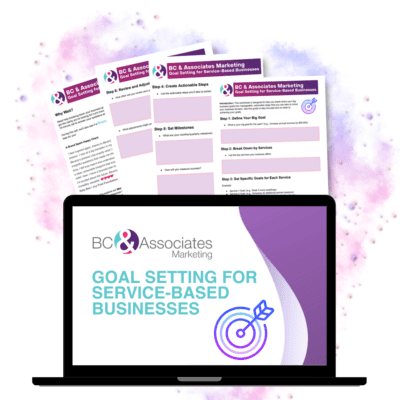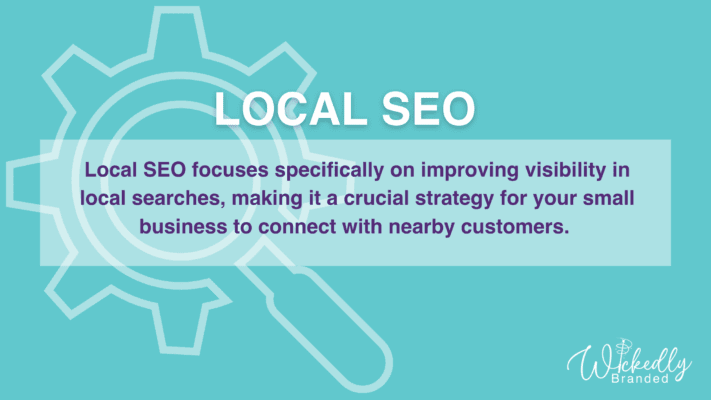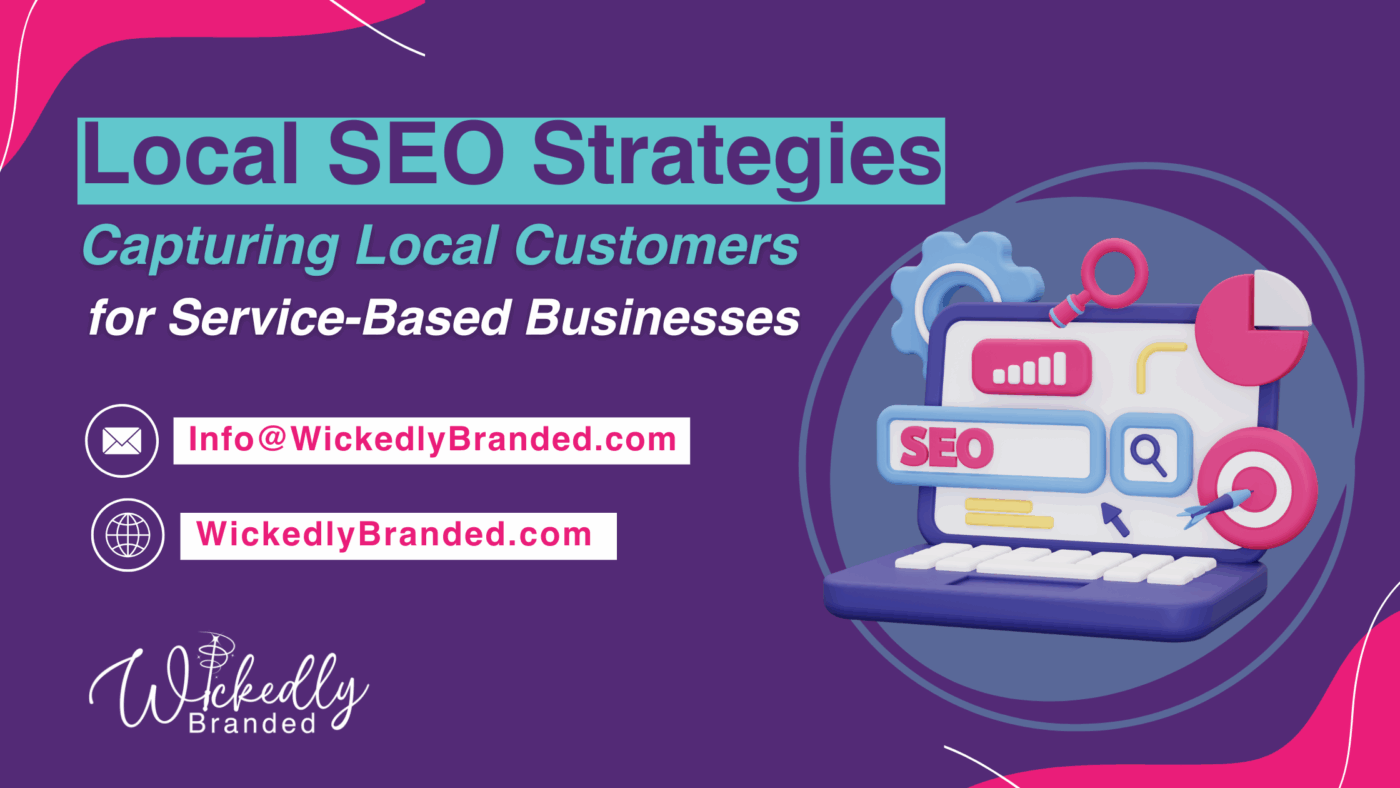Running a service-based business can feel like juggling a million things at once, especially when it comes to attracting local customers. If you’ve been wondering why your business isn’t showing up in local searches or why those local clients aren’t finding you, don’t worry you’re not alone. You’ve got the passion and the skills, but without a strong local online presence, potential customers nearby might miss out on the magic you bring.
The good news? Local SEO is your secret weapon to make sure your business is front and center when people are looking for services just like yours in your area. We’re here to guide you through practical, actionable strategies that will not only help you climb those search rankings but also attract more local traffic and grow your brand.
Why Local SEO Should Matter to You
Local SEO isn’t just a nice-to-have for service-based businesses; it’s essential. Think about it: you could be the go-to plumber, dentist, or cleaning service in your neighborhood, but without local SEO, your dream clients won’t even know you exist. Local SEO helps you build credibility, gain trust, and position your brand as a community leader.
When you get it right, you’re not just a business; they know you, they trust you, and they’re more likely to choose you over the competition. It’s about being seen as the trusted authority in your local area.
It may sound like a mountain to climb, but don’t worry, we’ll take it step by step, and you won’t have to do it alone. To help you along the way, we’ve created a Goal Setting Worksheet specifically for service-based businesses to map out your Local SEO journey. Together, we’ll identify where you are now, where you want to be, and craft the exact steps to get you there.

Benefits of Local SEO:
-
Increased Local Traffic: The more visible you are locally, the more people will click on your website and walk through your door.
-
Higher Conversion Rates: Local searches are often more intent-driven, meaning customers are looking for services they need right now.
-
Enhanced Brand Reputation: Ranking higher in local searches positions you as a reliable, trusted service provider in your area.

Optimize Your Google My Business Profile
If you haven’t already, claim and optimize your Google My Business (GMB) profile. This free tool is your golden ticket to getting noticed in local search results. It lets you manage how your business appears on Google Search and Google Maps, ensuring you’re visible to people nearby who need your services.
How to Optimize Your GMB Profile:
-
Complete Your Profile: Fill out all relevant info, including business name, address, phone number, website, and services. Choose the most accurate category for your business.
-
Add High-Quality Photos: Show off your location, staff, and services. Photos build trust and help you stand out.
-
Encourage Reviews: Positive reviews not only boost your credibility but can also improve your local rankings.
-
Post Regular Updates: Share any news, offers, or events to keep your profile active and engaging.
Pro Tip: Include local keywords in your GMB profile. For example, if you’re a local HVAC service, include keywords like “air conditioning repair” along with your neighborhood or city.
Use Local Keywords in Your Content
Content is king, but for local SEO, it needs to be tailored to your audience. Incorporating local keywords into your website and blog content can significantly improve your local search rankings.
Content is still king, but for local SEO, it needs to be tailored to your audience. Incorporating local keywords into your website and blog content can make a big difference in your local search rankings.
How to Use Local Keywords:
-
Research Local Keywords: Tools like Google Keyword Planner and Moz can help you find location-specific keywords.
-
Incorporate Keywords Naturally: Use these keywords in your website’s title tags, meta descriptions, headers, and throughout your content.
-
Create Location-Specific Pages: If you serve multiple areas, create separate pages for each one, with unique content tailored to that specific location.
For example, a cleaning service in Austin might use keywords like “Austin house cleaning,” “best cleaning service in Austin,” or “downtown Austin cleaners.”
Read our blog on Local SEO: Your Small Business’s Guide to New Markets.

Build Local Citations and Backlinks
Citations and backlinks from local websites, directories, and news outlets are crucial for enhancing your local SEO.
Building Local Citations:
- List Your Business on Local Directories: Ensure your business information is consistent across all directories like Yelp, Angie’s List, and the Better Business Bureau.
- Engage with Local Chambers of Commerce: Getting listed on your local chamber’s website can improve your credibility and SEO.
Acquiring Local Backlinks:
- Reach Out to Local Bloggers and News Sites: Offer to write guest posts or provide expert quotes on local topics.
- Sponsor Local Events or Charities: Sponsorships often come with backlinks from the event’s website.
Pro Tip: Consistency is key. Ensure your business name, address, and phone number (NAP) are the same across all citations and backlinks to avoid confusing search engines and customers.
Common Mistakes and Myths About Local SEO
Mistake 1: Ignoring Negative Reviews
Truth: Engaging with and addressing negative reviews professionally can improve your business reputation and show potential customers that you care about their experience.
Mistake 2: Using Generic Keywords
Truth: Failing to use location-specific keywords means you’re missing out on a highly targeted local audience.
Myth 1: Local SEO is a One-Time Effort
Truth: Local SEO requires ongoing effort. Regular updates, fresh content, and continuous engagement are necessary to maintain and improve your rankings.
Want to learn how you can turn myths into actionable truths? Watch our video Turning 10 Marketing Myths to Actionable Truths.
Best Practices for Local SEO
Practice 1: Regularly Update Your GMB Profile
Keep your business hours, services, and contact information current. Regular updates signal to Google that your business is active.
Practice 2: Produce High-Quality, Locally Relevant Content
Write blog posts about local events, customer testimonials, and case studies. This not only improves SEO but also strengthens your connection with the community.
Practice 3: Engage on Social Media
Actively participate in local groups and discussions on platforms like Facebook and Nextdoor. Share your blog posts, special offers, and community involvement.
Read our blog on SEO Best Practices for Service-Based Businesses

Trends in Local SEO
Trend 1: Voice Search Optimization
With the rise of smart speakers and voice assistants, optimizing for voice search is becoming crucial. Focus on natural language and long-tail keywords that people might use when speaking.
Trend 2: Mobile-First Indexing
Ensure your website is mobile-friendly. Google’s mobile-first indexing means your site’s mobile version is considered the primary version for ranking purposes.
Trend 3: Emphasis on User Experience
Page speed, secure connections (HTTPS), and a user-friendly interface are increasingly important. Google rewards sites that offer a great user experience with higher rankings.
Still wanting to learn more trends in SEO? This podcast episode might interest you!
Watch on YouTube:
Implementing effective local SEO strategies is no longer optional for service-based businesses; it’s a necessity. By optimizing your Google My Business profile, using local keywords, and building citations and backlinks, you can significantly improve your local search rankings and attract more customers. Don’t let your competitors outshine you locally. Start enhancing your local SEO today, and watch your business grow.


